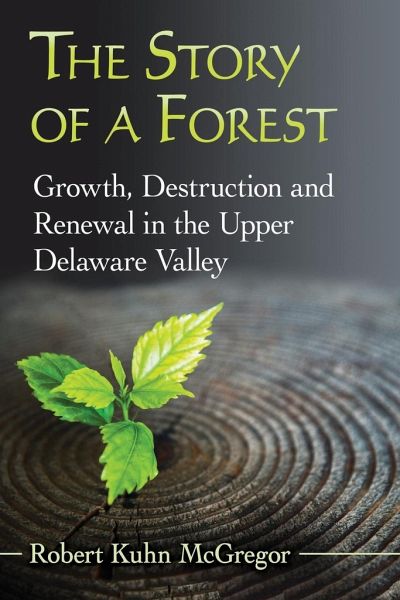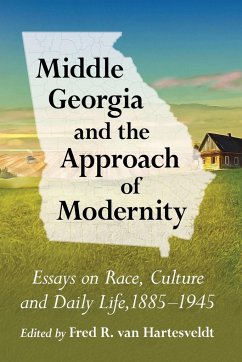
The Story of a Forest
Growth, Destruction and Renewal in the Upper Delaware Valley
Versandkostenfrei!
Versandfertig in 1-2 Wochen
45,99 €
inkl. MwSt.

PAYBACK Punkte
23 °P sammeln!
The re-established forests of the Upper Delaware exist as a living reminder of centuries of both exploitation and good intentions. Emerging after the last glaciation, they were first modified by Native Americans to promote hunting and limited agriculture. The forests began to disappear as Europeans clear-cut farmland and fed sawmills and tanneries. The advent of the railroad accelerated demand and within 30 years industry had consumed virtually every mature tree in the valley, leaving barren hillsides subject to erosion and flooding. Even as unchecked cutting continued, conservation efforts be...
The re-established forests of the Upper Delaware exist as a living reminder of centuries of both exploitation and good intentions. Emerging after the last glaciation, they were first modified by Native Americans to promote hunting and limited agriculture. The forests began to disappear as Europeans clear-cut farmland and fed sawmills and tanneries. The advent of the railroad accelerated demand and within 30 years industry had consumed virtually every mature tree in the valley, leaving barren hillsides subject to erosion and flooding. Even as unchecked cutting continued, conservation efforts began to save what little remained. A century and a half later, a forest for the 21st century has emerged--an ecological patchwork protected by a web of governmental agencies, yet still subject to danger from humans.














